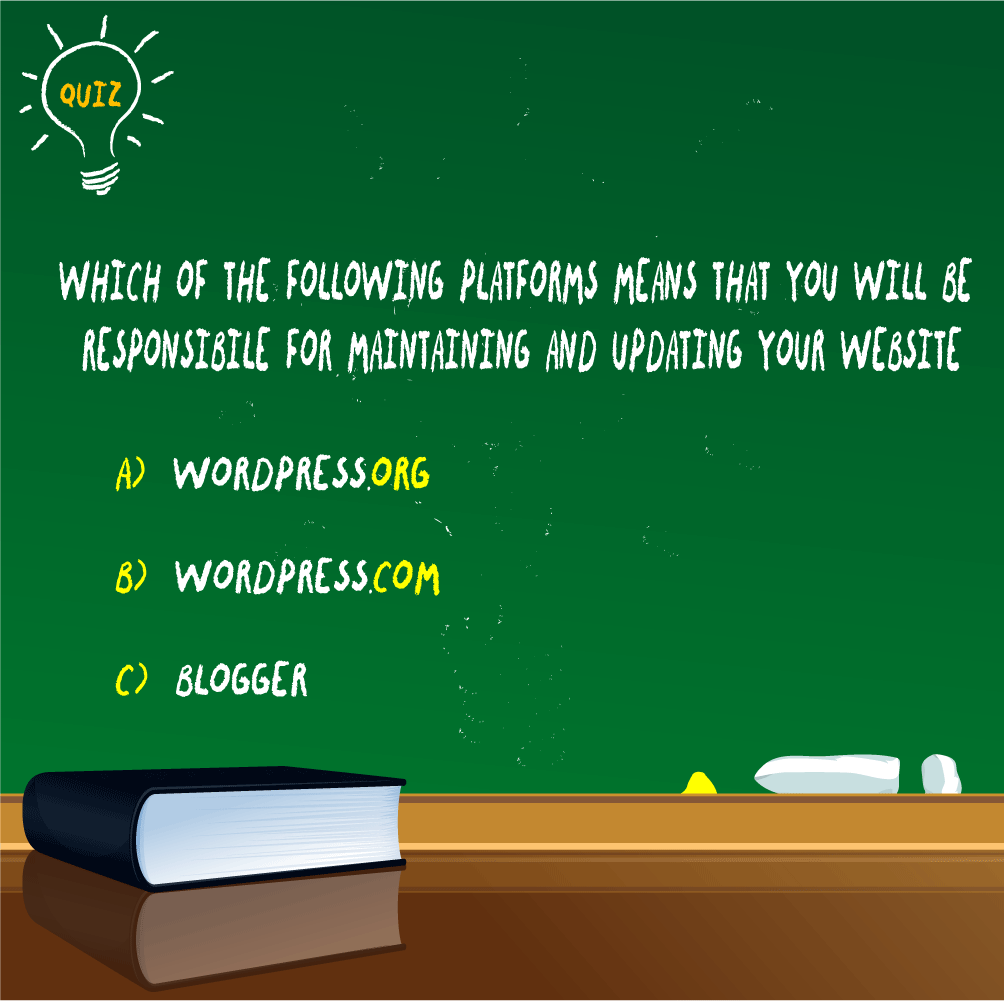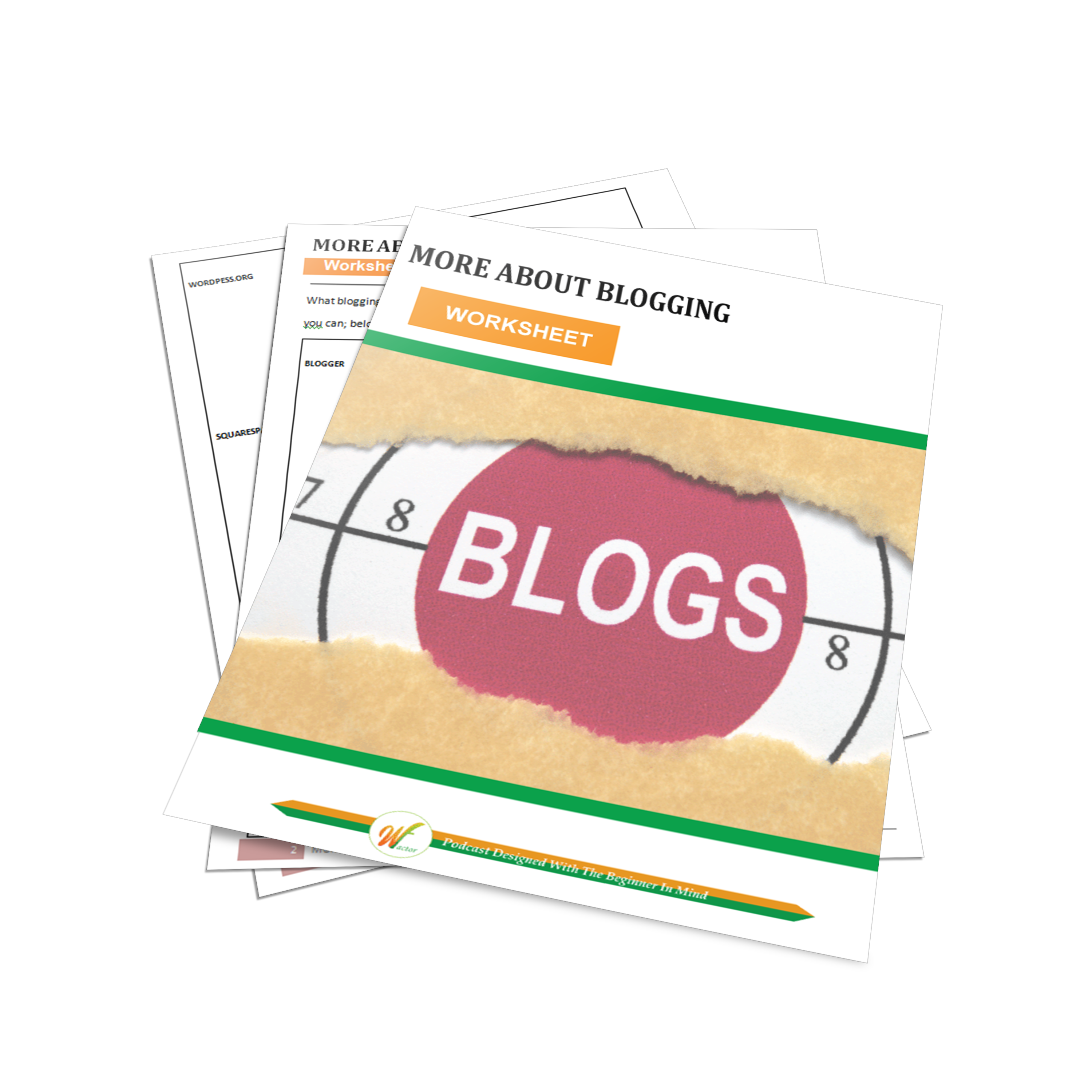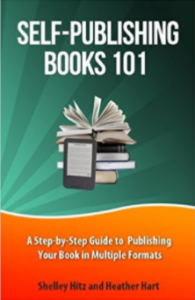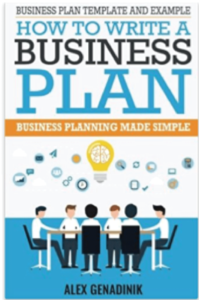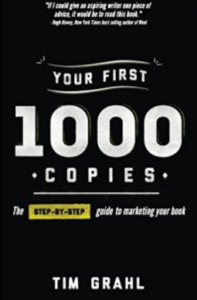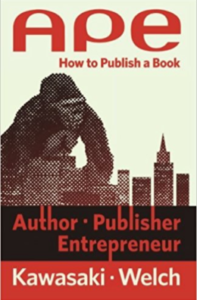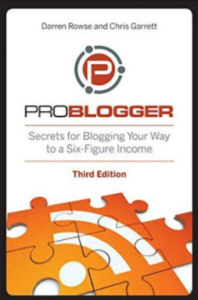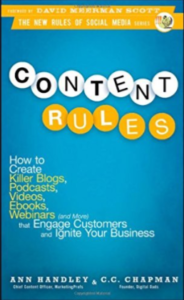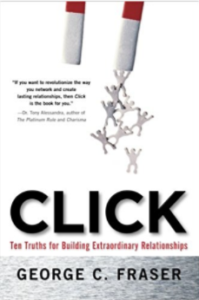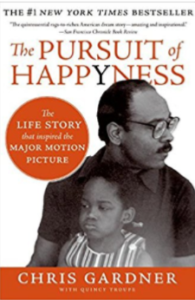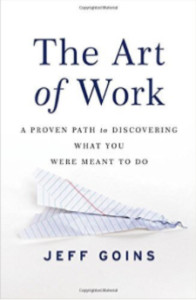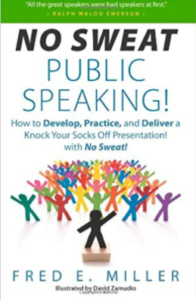(Note: This blog posting is an abbreviated written transcript form of the audio podcast)
BLOGGING: THE IMPORTANCE OF HAVING GOOD CONTENT
The first step to promoting and marketing your blog is having Good Content Executing snazzy tricks to lure someone to your website blog might take them to the site but without good content they’ll be eager to leave the site and more than likely won’t return.Good; relevant and “remarkable” content is what keeps your readers and followers not only coming back to your sites but also keeps them engaged and involved. The term content is King is oh so true when it comes to blogging. You have to make sure that the content is good, the type of content that keeps the attention of the visitors and has them coming back for more. Two of the best books that I’ve read regarding the strategies of providing good content is “Inbound Marketing,get found using Google, social media and blogs” by Brian Halligan and Dharmesh Shah. And the book entitled”Content Rules” by Ann Handley and C.C. Chapman. I would get my hands on these books or some similar andtake note of some of their excellent advice. Your Content exists not only on your Website Blog but also on your FaceBook; Twitter and other online sites. Whenever you post information via text; white paper; images; videos; words; photos etc you are creating content. When creating remarkable content think outside of the box
Per Seth Godin; in his book “The Purple Cow” you should be remarkable and that also means creating remarkable content. Think out of the box and create new ways to doing old business. Do the types of things that have others making “remarks” about you no matter how sound or ridiculous your content may be.When someone remarks on what you’re doing, the word spreads, replacing the predictable and expensive Mad-Men strategy of advertising with the unpredictable but potentially magical effect of significant word of mouth–ideas that spread win. http://sethgodin.typepad.com/seths_blog/2012/12/ridiculous-is-the-new-remarkable.html
I’ll have a link in the show notes for Seth’s blog article entitled “Ridiculous is the new remarkable” Know who your readers and/or customers are and you will know what type of content you should give. Share information; solve a problem; be genuinely concerned with solving a problem. Gone are the days when the only thing that people thought to do was to get to that next networking event just to shove a business card into someone’s face. Networking is well and good; I also have business cards; but the me, myself and I mentality just won’t cut it in this world that we live in today. In George Frasers book “Click” he talks about how in order to establish good relationships we should love, serve, give and add value first. And yet another good book that stresses the same think is by author Michael Port in his book entitled “Book yourself solid”. There is so much that can be said about content and I will be talking in depth in other sessions concerning what constitutes good content. But for now just know that when it comes to having a good blog you will need good content that gives value.
BLOGGING WITH BLOGGER; WORDPRESS.ORG AND WORDPRESS.COM
What platform should your blog be on i.e. WordPress; blogger etc
Another thing to consider is what platform your blog should be on. By platform I mean where the blog will be housed. Believe it or not it might be a turn off for some visitors if they type in your URL and your domain name is shared with the name “WordPress” or Blogspot”. When you place your blog on a free host the owner of that sitewill want to place their name along side of your domain name and this can appear to be (for some) to look a bit cheesy and unprofessional. That being said let’s take a deeper look into Blogger ; WordPress.org and WordPress.com
Things to know about BLOGGER:
Blogger is owned by Google and so long as you have a Gmail account then you can open a Blogger site. The site comes with templates that you can use to build your blog or you can customize your own site. Some of the perks that come with Blogger is that it is relatively easy to setup and use and it’s free but as I said before you do have to have a Gmail account. Another nice things is that if you are into Adsense and/or have a Google + account; Blogger integrates really well with them. ne of the down sides is that because it is owned by Google; the content belong to them; almost like you are renting a space to place your content. Also it is important to note that because you don’t own this site Google can take you off of it if they deem it necessary. With Blogger you start off with a limited amount of storage but they do give you some options to increase your storage. They give you some gadgets or widgets however the biggest negative to me is that unlike WordPress dot org you don’t have the ability to download any plugins and plugins are way better then Bloggers gadgets and widgets. A word about gadgets/widgets.
Widgets, also known as gadgets, are little tools or applications that can be added to your website or blog to improve its content or functions, or to pull content and services from other websites. Widgets come in various forms, such as photos, countdown tickers, games, or interactive social media applications. Some widgets in Blogger are used to enhance your blog, such as listing your blog followers or allowing readers to subscribe to your blog content.
Things to know about WORDPRESS.ORG:
WordPress.org is a free and open source blogging tool and a content management system (CMS) (check out the previous session on “The importance of having a website” for more on CMS). Features include a plugin architecture and a template system. Per Wikipedia the WordPress.org platform was used by more than 22.0% of the top 10 million websites as of August 2013. It was first released on May 2003, by its founders, Matt Mullenweg[1] and Mike Little.
A word about Open Source: Free and open-source software (FOSS) is computer software that can be classified as both free software and open source software. That is, anyone is freely licensed to use, copy, study, and change the software in any way, and the source code is openly shared so that people are encouraged to voluntarily improve the design of the software. This is in contrast to proprietary software, where the software is under restrictive copyright and the source code is usually hidden from the users. http://www.wikiwand.com/en/WordPress
The following are some of the steps you need to do before you can get your blog up and running on the WordPress.org platform.
1. You must first get a URL; A uniform resource locator; also known as a web address
2. You must sign up with a hosting service such as Host Gator; Go Daddy; Blue Host etc
3. You must set up and design your site
4. You must maintain your site making sure that all of the updates are current; security is in place; manage your own backups; make sure that the plugins are updated etc.
One of the downsides to having your blog on the WordPress.org platform is that because it is a free open source platform you will be responsible for maintaining your website. This may sound like a lot of work but believe me it is well worth it when you delve into all of the wonderful things that you can do with a WordPress website. the freedom and control that you have to uniquely design your site is far more superior than Blogger and the extra added bells and whistles can also enhance the advertising and marketing of your site. Two of my most favorite things that I love about WordPress.org is having access to hundreds of themes and Plugins.
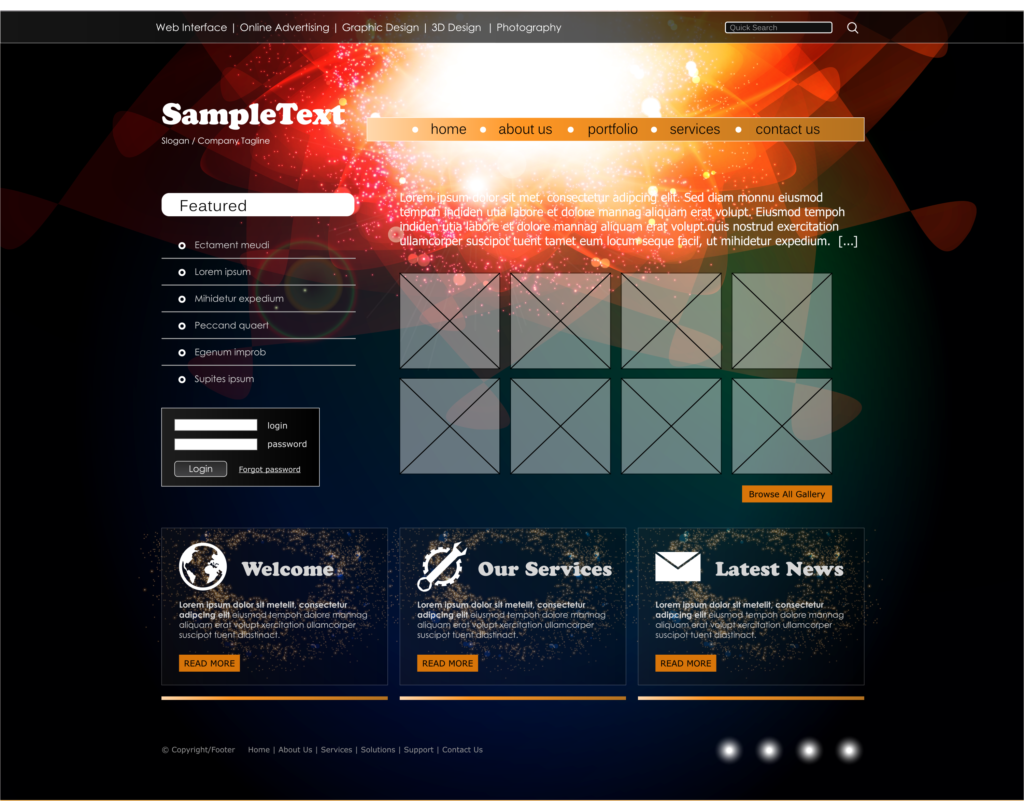
WordPress Themes
WordPress users may install and switch between themes. Themes allow users to change the look and functionality of a WordPress website or installation without altering the information content or structure of the site. Themes may be installed using the WordPress “Appearance” administration tool or theme folders may be uploaded via FTP; and cascading style sheets(CSS) code found in themes can be added to or edited for providing advanced features. Hundreds of WordPress themes exist, some free, and some paid for templates. WordPress users may also create and develop their own custom themes if they have the knowledge and skill to do so.
WordPress Plugins
The WordPress plug-in architecture allows users to extend its features. As of the time of this session WordPress has a database of over 30,000 plugins, each of which offers custom functions and features enabling users to tailor their sites to their specific needs. These customizations range from search engine optimization, to client portals used to display private information to logged in users, to content displaying features, such as the addition of widgets and navigation bars.
Some of the downsides to having a WordPress is that:
- Unless you are game on trying to navigate setting up and maintaining your own site then you really will need to get someone to do it for you.
- Also there is a small monthly hosting fee.
- You will have to register your own domain name (URL) with a domain registrar for a small annual fee. http://www.wikiwand.com/en/WordPress
Things to know about WORDPRESS.COM
WordPress.com is much like Blogger in that it is free unless you want to upgrade to a premium version. WordPress.com is owned by a company called Automatic. The nice thing is that the installation is very easy and the company Automatic provides great anti-spam protection, they also do automatic backups, and updates and decent security. But like Blogger your domain would read something like yourname .wordpress.com; you can however with Wordpress.com pay a monthly fee to have the WordPress.com taken off. So instead of yourname.wordpress.com it will read yourname.com. With WordPress.com you will not have access to the lots of plugins and while there are some themes to choose from you don’t have as many to choose from as with WordPress.org and you cannot upload your own themes also there is no ability to customize your own themes. With WordPress.com they may show ads on your site however if you pay a monthly fee your site will be ad free. My suggestion for newbie’s that have never tried to blog or create their own websites is to start off with Blogger or WordPress.com and you can always switch over to WordPress.org later if you want.
QUIZ TIME
